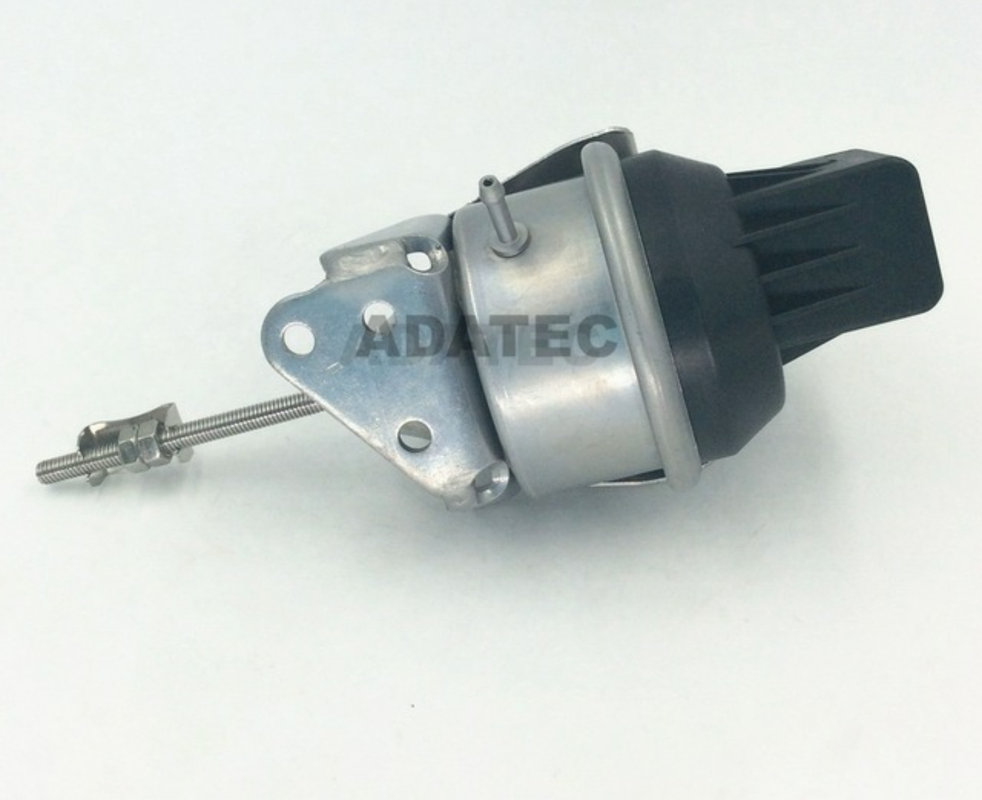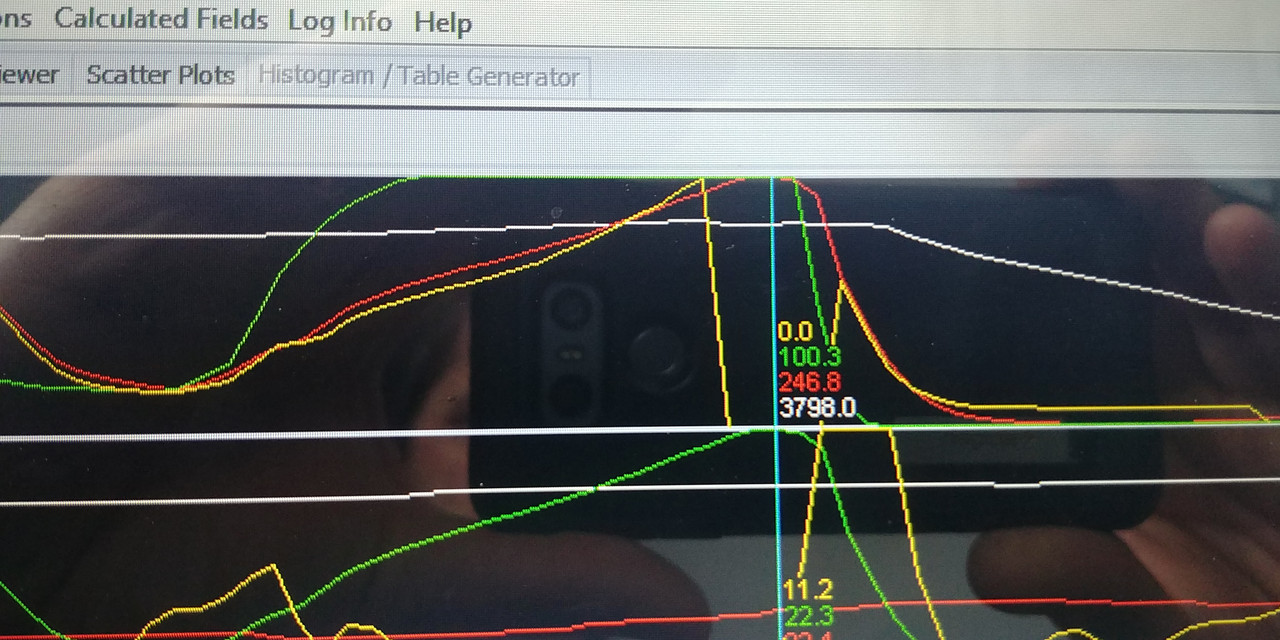Vigo said:
This is the kind of project that I think is REALLY cool. I wish GRM would do more tech articles on things like this. Not every issue but every now and then.
We have had some GREAT discussions around this build but they are spread over several threads. Maybe search by OP's username and the threads he has started to find them all, but there's a lot of good reading just in the threads he has started about this subject. 
I think your setup is doing exactly what it is supposed to be doing. So, that's a win.
I agree!
Congrats CraigoryPeck for actually pulling off your 'crazy idea' and making it pretty damn nice looking in the process!! And it (mostly) works!
I agree this is mostly a 'turbo is too small' problem. Diesel turbos are made to spool on engines with pretty terrible VE and low revs, so they tend to be on the small side for a gas engine even half the size. It seems that your turbo is basically 'mostly spooled up' even in vacuum.
You could probably create some control device that would dance around this problem and it might even be 'good enough', BUT...
Given that you said sub-10 second 1/4 and i think this setup must be in a car thats around or over 3000lbs, I think you're going to be running that H1c maxed out to even get close. So, you probably need a compressor wheel upgrade. Going to a heavier compressor wheel will slow your spool somewhat. You can also clip the turbine wheel which would slow the spool further.
Given that A. Your stated goal probably requires a turbo upgrade, B. The upgrade will slow the transient response of the turbo, and C. You've already built a beautiful functional setup with the turbo 'frame' you have now, i think internally modifying the existing turbo is the best long-term approach. Put a heavier compressor wheel, clip the turbine wheel, and see if that's enough. No changes to all the fab work you've already done!
If it's NOT enough, you might try retarding the camshaft a little. Your positive displacement blower is going to keep the low end fairly strong, but retarding the cam can soften the 'hit' of the turbo while not giving up any power that you actually care about (part throttle <3k rpm).
If you want to try something 'right now', I would just put a restrictor in the line to the bypass valve to slow its operation. The catch is it would slow it both ways unless you built a one way check valve into it. A common manual boost controller is basically an adjustable spring loaded one-way check valve with an orifice on one side to bleed off pressure trapped between the check valve and the wastegate. You need that basic thing but with the check valve flipped OR the orifice on the other side. That way it could allow the bypass to open quickly by opening the check valve under vacuum, but once vacuum was gone the the check valve would seat and air coming in to let the bypass valve close would have to flow through the tiny orifice. There are many writeups on how to build your own boost controller using the brass fittings section at the hardware store. The thing you need would have all the same parts, just have the orifice drilled in a different place. Or, you could use a regular inline vacuum check valve and T off after it with one of the off-the-shelf manual boost controllers that is just a needle valve regulating an air leak (normally on a wastegate it would be leaking OUT, yours would be leaking IN). That way the bleed itself would be adjustable rather than a fixed hole drilled in a part.
Or some combination of all three ideas!
Hey Vigo.
Thanks for the kinds words! Its great to have someone more knowledgeable than me chime in with encouragement and understand what I'm trying to do.
My car in stock form is 2500lbs plus ive put an 8.8 and watts linkage and other "stuff" in so probably 2750 at a guess..
I really dont know much about turbos and I based this around the fact the turbo came from a 6.0.. So surely ill be on the safe side regarding compressor flow, I was actually more obsessed with the exhaust turbine housing.. And getting the largest exhaust housing I could find to slow the spool and be the least restrictive as possible.
I need to actually look into those turbo mods you have mentioned as I kinda don't want to switch in a bigger turbo yet.. Everthing is custom built to fit so its well tight in there!
The camshaft I have is from an NA ranger so it does require being retarded 4 degrees to resemble the events of the stock turbo cam, so long story short I have an adjustable cam gear and can go further with no issue.
Its so funny cause since I last posted I was out test driving doing something similar to what you mentioned above.. I plumbed boost only to the lower side of the bypass wastegate but I put a tiny bleed hole in the line so the there would be a small differential that would slow the closing of the valve.. Yeah it kinda worked but wouldn't hold the same boost level as being open to atmo..
Your boost controller idea seems the best.. I was trying to work out how to do just that with a mechanical device rather than electric wizardry, I was heading down a small duck bill valve type route that would leak slowly for closing but fully open the other way to activate bypassing quickly! I can only image what would bust if it didn't bypass quick enough. My cheapo fmic already has a bulge in it.
So your in first place now in regards to what may be the solution..!
Ill order a cheapo manual boost controller so i can study that and work it in there.
![]()

































